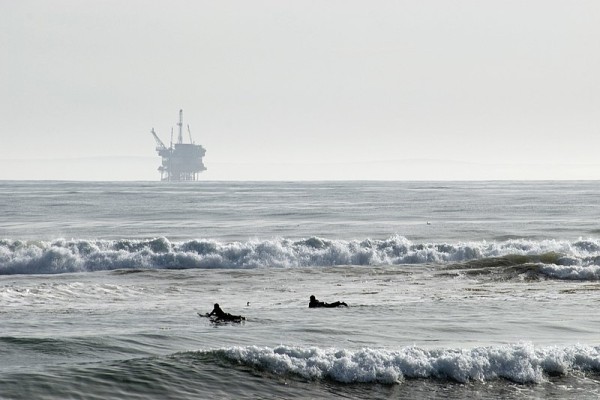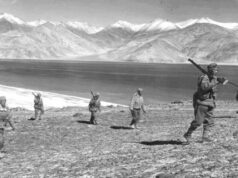U.S. Gulf of Mexico offshore oil and gas producers on Monday were evacuating staff and curbing drilling as Tropical Storm Francine churned through the energy region.
Francine is moving toward U.S. Gulf of Mexico waters and predicted to become the fourth hurricane of the Atlantic season, which ends November 30. Francine could become a Category 1 hurricane with winds of up to 85 mph (137 kmph), ahead of landfall on the Louisiana coast on Wednesday evening, the National Hurricane Center said.
Storm Surge and Hurricane Watches are now in effect for portions of southern Louisiana where there is an increasing likelihood of life-threatening storm surge and damaging hurricane-force winds. Residents in the watch area should follow advice given by local officials. Follow… pic.twitter.com/4hWCztb3lM
— National Hurricane Center (@NHC_Atlantic) September 9, 2024
Francine’s path puts U.S. oil and gas producing facilities and coastal liquefied natural gas (LNG) export plants at risk. Areas along coastal Louisiana could experience 5-10-foot (1.5-3-m) storm surges, the NHC said.
It is likely to bring life-threatening storm surge to the upper Texas and Louisiana coasts and hurricane-force winds to Southern Louisiana this week. New Orleans and other communities began offering flood-preventing sandbags to residents.
Grand Isle, on the tip of Louisiana’s coast, called for a voluntary evacuation of residents and cancelled Tuesday school sessions due to Francine.
U.S. Gulf of Mexico federal offshore waters account for about 15% of total U.S. crude oil and 2% of natural gas production. U.S. crude oil prices on Monday rose 1.5% after falling to multi-month lows last week on worries the storm could disrupt production and refining along the Gulf Coast.
Exxon Mobil said it shut-in output and evacuated staff from its Hoover offshore production platform, about 150 miles (241 km) east of Corpus Christi, Texas.
Shell said it was evacuating non-essential personnel from three offshore oil platforms, and had paused drilling operations at two others along Francine’s route.
Chevron is evacuating non-essential staff from four offshore platforms, but production remains at normal levels, a spokesperson said.
BP said it was not expecting major impacts to its Gulf facilities due to Francine.
Occidental Petroleum and Woodside Energy said they were prepared to implement storm plans as appropriate.
Freeport LNG, which operates the nation’s second-largest export plant for the super-chilled gas, said it had begun storm preparations at its Texas plant without providing details.
Heavy rainfall and the risk of flash flooding is expected from far northeast Mexico to ports of the Texas coast, southern Louisiana and southern Mississippi, the NHC said.
The U.S. Coast Guard has imposed restrictions for vessel navigation in some Texas ports, including the ports of Brownsville, Corpus Christi, and Freeport, which handle oil imports and exports due to Francine.
The ports of Houston and Galveston in Texas, and New Orleans in Louisiana, were open to vessel traffic on Monday. The deepwater Louisiana Offshore Oil Port (LOOP) was operating in normal conditions.
Texas officials called on residents to prepare for the potential for flash flooding and heavy rain. The Texas electric grid said local outages were possible if the storm hits the state.
In July, Hurricane Beryl killed eight people and left more than 2 million customers without electricity for days in Texas. The outage affected energy infrastructure and left hundreds of gas stations without power.
(REUTERS)
In a career spanning three decades and counting, Ramananda (Ram to his friends) has been the foreign editor of The Telegraph, Outlook Magazine and the New Indian Express. He helped set up rediff.com’s editorial operations in San Jose and New York, helmed sify.com, and was the founder editor of India.com.
His work has featured in national and international publications like the Al Jazeera Centre for Studies, Global Times and Ashahi Shimbun. But his one constant over all these years, he says, has been the attempt to understand rising India’s place in the world.
He can rustle up a mean salad, his oil-less pepper chicken is to die for, and all it takes is some beer and rhythm and blues to rock his soul.
Talk to him about foreign and strategic affairs, media, South Asia, China, and of course India.





